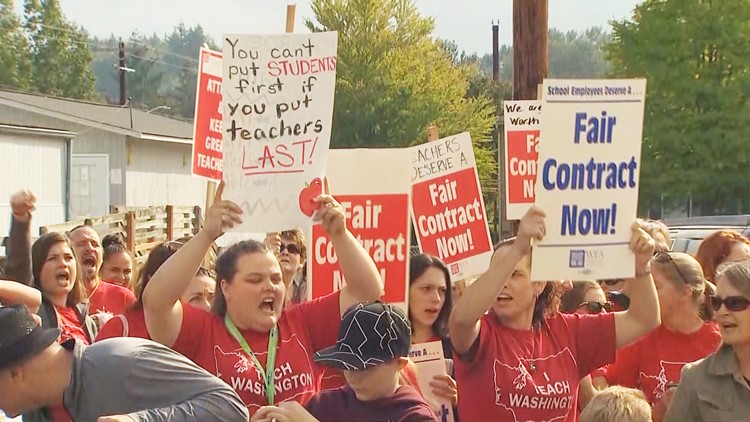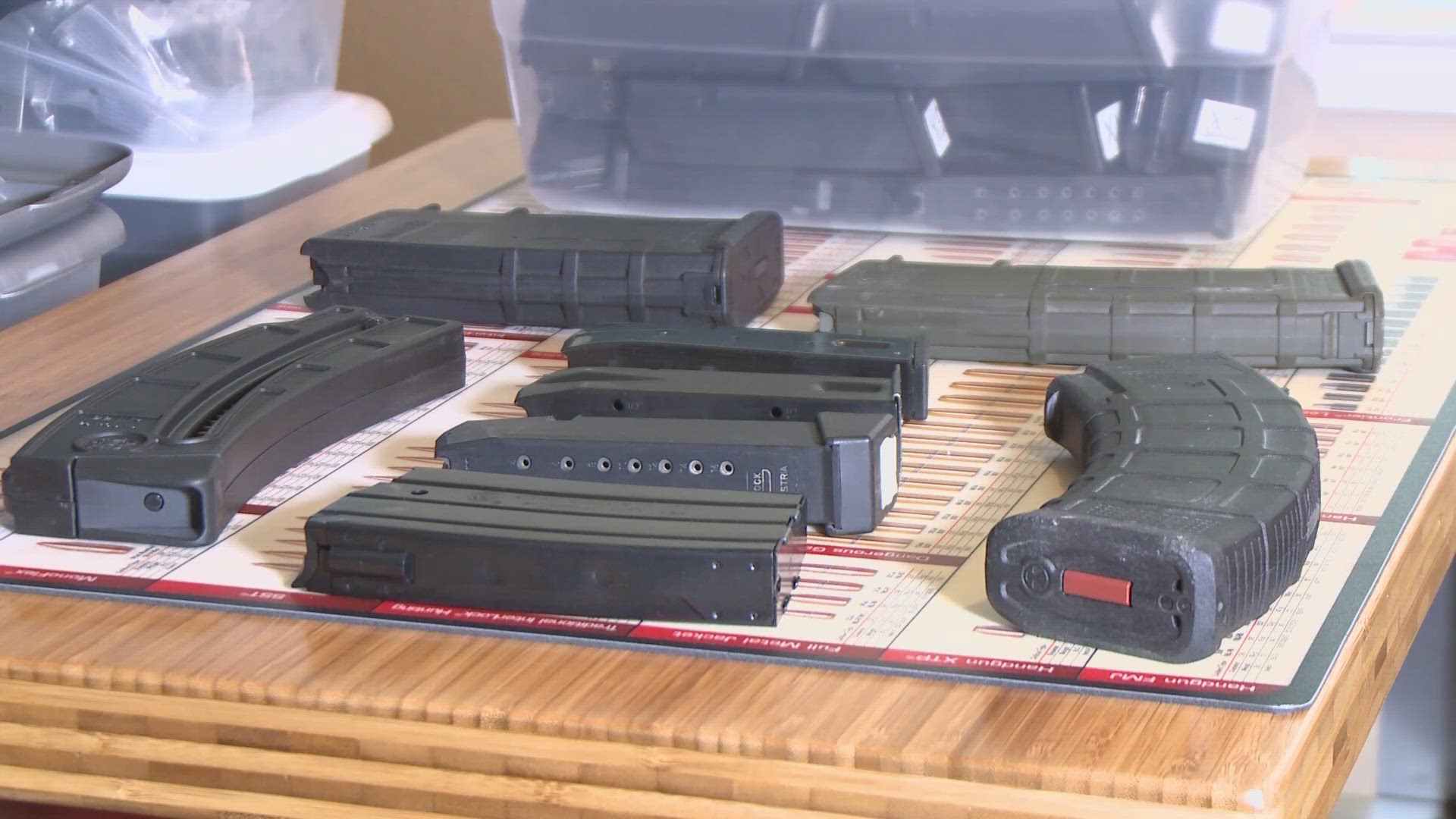Why are some school districts in Washington state offering big raises while other districts are dealing with pay disputes that might lead to a strike?
Cost of living plays a part because districts in higher-cost areas are receiving additional funds from the state. But there's more to it than that, according to Senator Reuven Carlyle, D-Seattle.
"I think first and foremost, it is fair to criticize the legislature for a lack of much clearer guidelines relative to how this transition period needs to unfold," said Carlyle.
Sen. Carlyle has spent nearly ten years in the legislature and knows McCleary is a major factor.
"What happened in the McCleary lawsuit is that finally the dam broke and in effect, the state Supreme Court said that state dollars have to fund basic education, not local dollars," he said.
As a result of the McCleary Decision, money will go toward teachers' salaries. Some school districts have presented offers of a 3.1 percent raise.
"So the 3.1 was provided by the state, and dollars above that amount need to be very cautiously provided because they have to be sustainable from a budget perspective long term," said Carlyle.
Teachers are demanding raises that they say are long overdue. In some districts, teachers' unions have already negotiated double-digit increases.
However, there are districts where they say they can't afford it because under the state's new funding model they are losing levy dollars.
"What has happened is over the years, the state has not fully funded basic education and so local school districts around the state, 295 school districts, have increased their percentage of local dollars with local levies that have contributed to public education," said Carlyle.
The transition from local to state funding is taking a financial toll, according to Judy Martinson, Superintendent of Dieringer School District in Lake Tapps.
This week, Martinson said, "When we run our budget four years forward, by the third year we are in deficit spending even if we only increase our salary expenditures by 3.1 percent."
The Washington State School Directors' Association (WSSDA), which supports school districts' leaders, says three things must be taken into account during negotiations:
- The amount of money that districts have to bargain with is not the same
- State funding is set to increase, but local funding is set to decrease
- And districts are still determining what they can afford
"Over a third of Washington’s school districts are going to lose 50% or more of their local levy funding," WSSDA said in a released statement.
"That’s why comparing one district to another can be like comparing apples to oranges."
KING 5 interviewed Tumwater School District's Superintendent, John Bash, earlier this month.
"There's big-time winners and losers in this new funding model that our lawmakers designed. Tumwater is in the losing bracket, unfortunately," he said.
According to the Dieringer School District, the legislative losses are financially ruining them, and they just announced a new task force to study the impacts. The district says lawmakers need to work with them to achieve equitable funding.
Meanwhile, teachers contracts expire at the end of the month. In a number of districts, teachers have voted to authorize a strike if a tentative agreement is not reached soon.
KING 5's Liza Javier contributed to this report.



